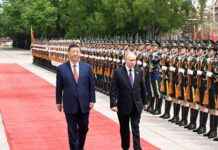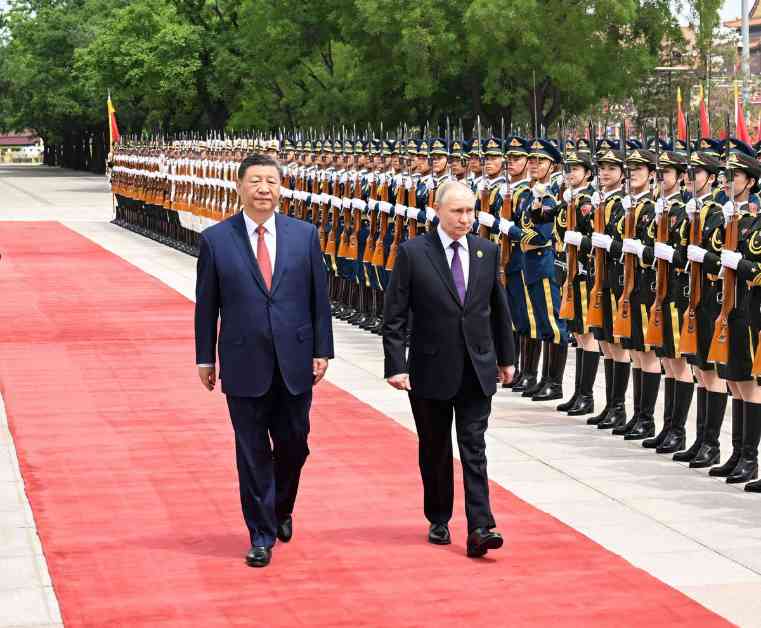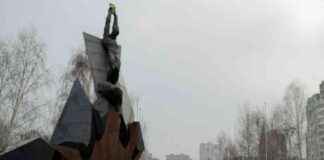Alright, so here’s the deal. A group of activists got together on Jeju island in South Korea to protest against the US tariffs policy during the Apec Trade Ministers’ meeting. The atmosphere was charged with slogans and chants as the rally took place outside the venue where the ministers were meeting. The photo captured the intensity of the moment, with protesters making their voices heard loud and clear.
The Apec meeting this year was not your usual run-of-the-mill gathering. Nope, it was filled with intrigue and urgency as countries scrambled to engage the United States in talks before a 90-day pause on punishing tariffs ended in July. With President Donald Trump’s announcement of reciprocal tariffs on trading partners, the stakes were high for the mostly Asian economies involved. The meeting on Jeju island was the first chance for these countries to sit down with US Trade Representative Jamieson Greer, one of the key negotiators in the recent truce with China.
Now, let me tell you, these trade ministers were on a mission. They wanted to make sure they had some quality face time with Greer to discuss the looming deadline on July 9. The whole shebang was basically centered around Trump’s tariffs and how they were affecting trade relations. It was a race against time to get their points across and hopefully reach some sort of agreement before it was too late. And let me tell you, the tension was palpable as everyone tried to navigate the choppy waters of international trade negotiations.
In the midst of all this, South Korea found itself in a particularly delicate position. With a 25% tariff imposed by Trump, the country was trying to negotiate with the US at a time of political turmoil. And let’s not forget about the discussions on shipbuilding cooperation between South Korea and the US. It seemed like everyone was trying to play their cards right to secure the best deal possible. As the meeting unfolded, it became clear that the trade tensions between the US and China were casting a shadow over the entire region. Apec had to revise its economic outlook due to the trade frictions and policy uncertainty, painting a grim picture of what lay ahead.
All in all, it was a high-stakes game of negotiations and maneuvering as countries tried to navigate the turbulent waters of international trade. Not really sure why this matters, but hey, that’s the world we live in today. Maybe it’s just me, but I feel like we’re all just trying to make the best out of a pretty messy situation. And who knows what the future holds for trade relations in the Asia-Pacific region. Only time will tell how it all plays out in the end.



















